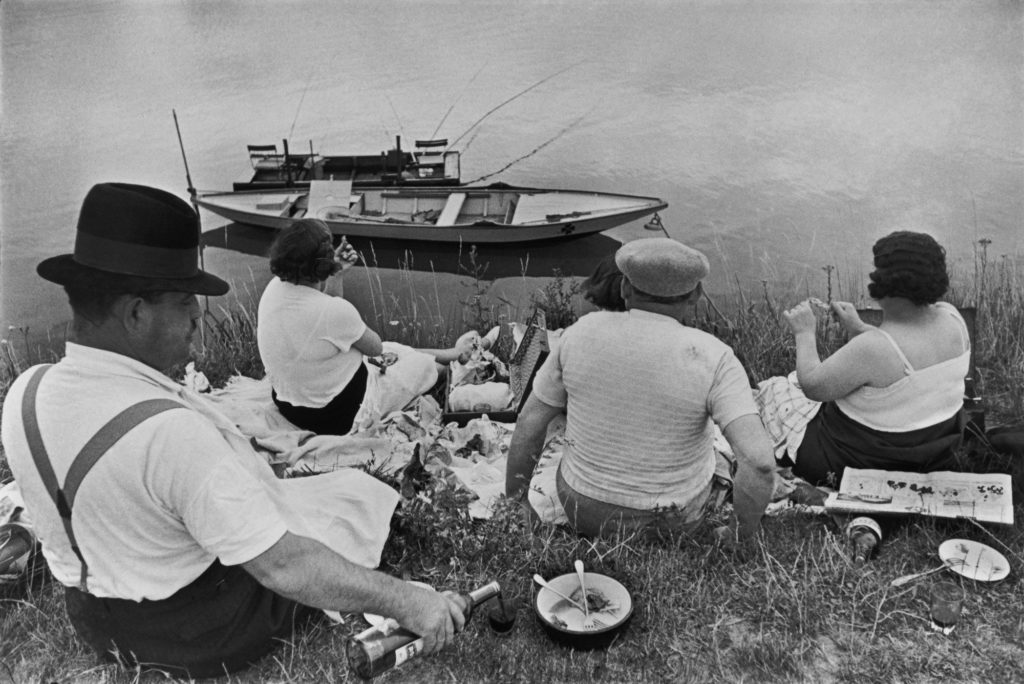Henry Cartier-Bresson: Life in a Photo
Henri Cartier-Bresson is the French photographer who altered the dynamics of photography and introduced a fresh perspective that would inspire for years to come.
Considered the pioneer of street photography, the Chanteloup-en-Brie born photographer and painter has redefined the rules of contemporary photography techniques and methods with his “uncanny ability to capture life on the run”. Having been a prisoner of the World War II, Bresson decided to return to work and had his first museum show at The Museum of Modern Art (MoMA) in 1947. He then joined Hungarian war photographer and photo journalist, Robert Capa among significant others, to find the Magnum photo agency. In the following decade, “Cartier-Bresson produced major bodies of photographic reportage on India and Indonesia at the time of independence; China during the revolution; the Soviet Union after Stalin’s death; the United States of America (US) during the post-war boom; and Europe as its old cultures confronted modern realities,” reports MoMA.
Looking back
Dr Juliana Kreinik, who teaches History of Photography, stated in an essay, “The camera’s technology of mechanical reproduction made it the fastest, most modern, and arguably, the most relevant form of visual representation in the post-WWI era.” Thus photography, with its ability to represent reality as it stands, was gaining popularity. At such a time, Bresson decided to defy the conventional tone of photography and was drawn to the methods of the Surrealist movement.
Indo-French connect
Cartier-Bresson’s entry into India post-Independence changed the face of Indian historical fact recording with photography. His first photograph was that of Jawaharlal Nehru and Edwina Mountbatten sharing a private joke at the then Government House in Delhi (Rashtrapati Bhavan) reflecting the ability of the photographer to capture life as it is, through ‘candid’ moments.
What is to be absorbed from this is the fact that the French photographer enjoyed optimum access in India during his stay, which in turn shaped his photographs that captured the fleeting moments that reflected upon the essence of a newly autonomic India.
The exhibition ‘Henri Cartier-Bresson: India In Full-Frame’ at the Rubin Museum of Art, New York that opened to public on April 21 and will be on till September 4, is presenting 69 images from the photographer’s travels. The exhibition is in collaboration with Magnum Photos, co-founded by Cartier-Bresson, celebrating its 70th anniversary and the Henri Cartier-Bresson Foundation.
Cartier-Bresson who coined the term “The Decisive Moment”, travelled the whole of Nehruvian India to finally return to Delhi in January, 1948. Upon his arrival, he came across Mahatma Gandhi, which ultimately transpired into the final meeting before Gandhi’s assassination on January 30. Bresson played a key role in recording the final moments of Gandhi, including the events following his assassination. This had put Bresson in the international limelight and also played an important role in recording the historical turn of events at the time.
A Witness to History: Henri Cartier-Bresson https://t.co/pABs23iNYA via @YouTube
— Naini Dasgupta (@NainiDasgupta) August 10, 2017










